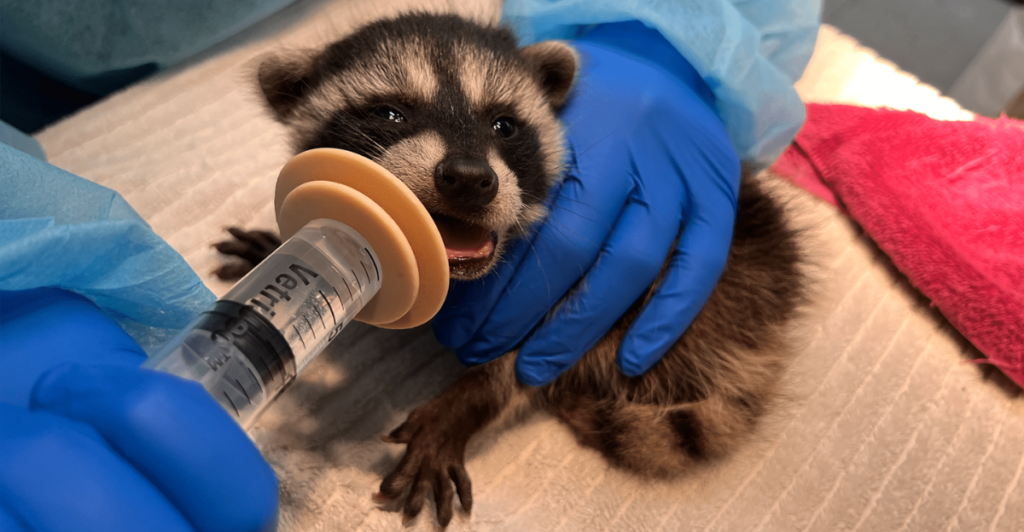
Around the world, a problem among wildlife centers is emerging. A trend of more orphaned animals being admitted into these centers is becoming prevalent, from Ontario in Canada to the Western Cape in South Africa and the UK.
This surge in young animals being separated from their parents is happening more often, most likely due to indirect or direct human conflict. These consequences could have implications as centers become overwhelmed and beyond their traditional capacity.
Their resources may get stretched thin, with the fate of thousands of animals hanging in the balance. The root cause must be researched and better understood in order to address this trend.
Orphaned Animals In The Past
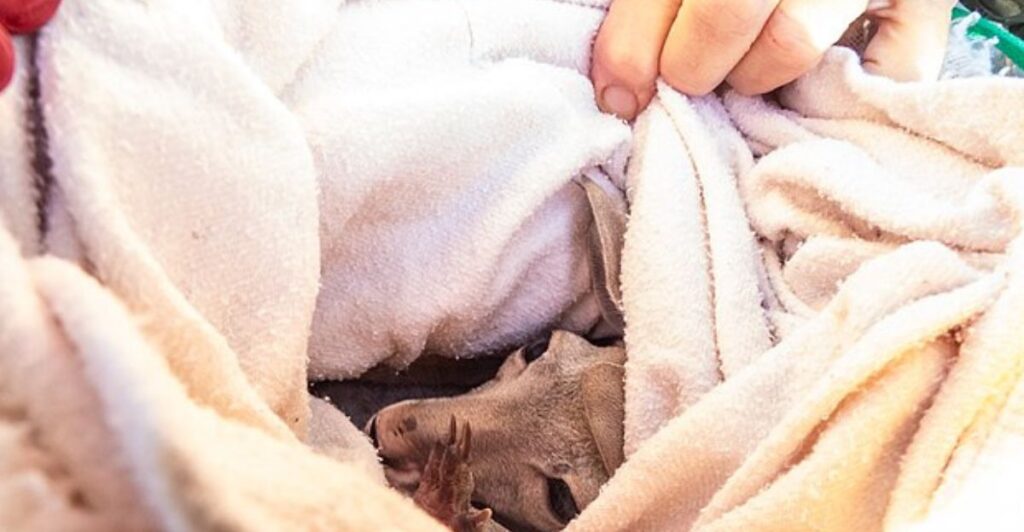
Animals becoming orphaned isn’t anything new, and humans may be the biggest driving factor for this.
Wildlife rehabs around the world strive to play an important role in conservation efforts, with thousands of animals being admitted. These individuals are usually injured, diseased, or orphaned. The recent surge in urban expansion, habitat loss, and more human-animal conflict than ever is driving these admissions.
In the past, orphaned animals were usually due to natural predation or other natural occurences in the wild. Today, they are driven by human-induced factors, providing a window into how badly our encroachment can impact local populations around the world.
Human Activity
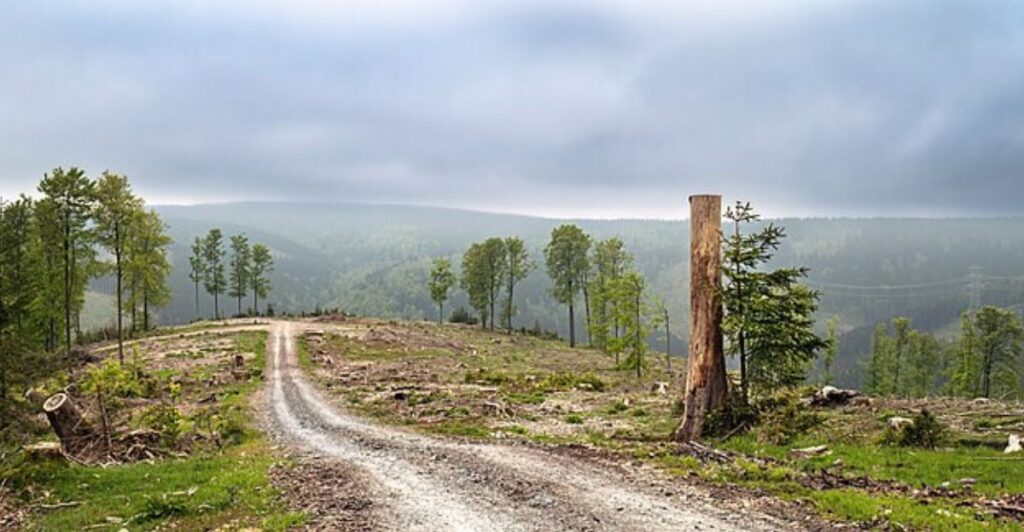
Human encroachment can displace animals around the world from urban development, deforestation, and infrastructure expansion. Many of these animal populations rely on social behavior, and when they are separated from one another, there can be far-reaching consequences for wildlife as a whole.
These actions generally fragment populations and isolate individuals who are not ready to go off on their own. Factors like vehicles, pets, and people all play a role in separating these already vulnerable populations.
Rehabilitation has historically taken in juveniles that wouldn’t survive otherwise, but with the increase in these admissions, these conservation efforts become strained.
Climate Change
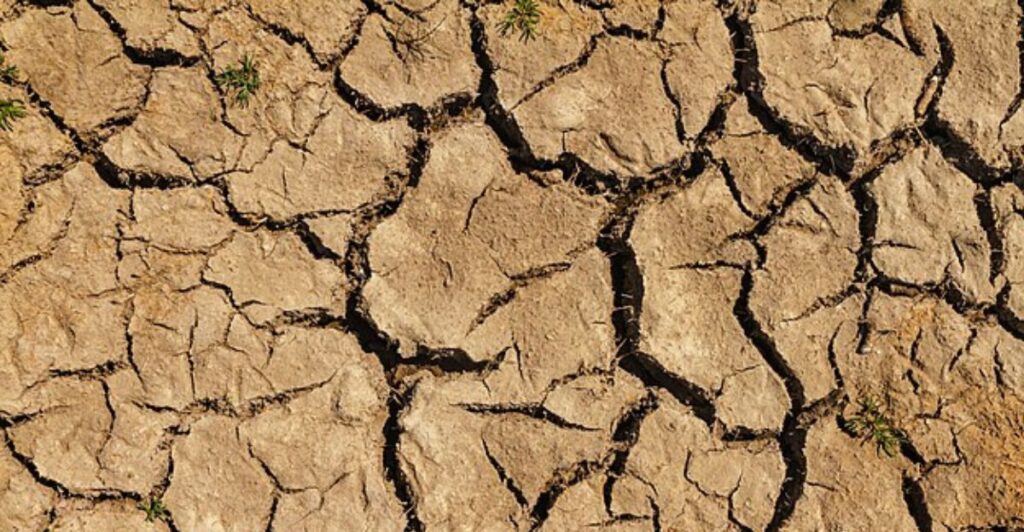
Climate Change is another huge driving factor that only serves to exacerbate other risk factors associated with human activity. Unpredictable weather like heatwaves, floods, and wildfires are becoming increasingly unpredictable due to climate change.
These weather patterns can destroy habitats and disrupt vital breeding cycles, which can leave young animals stranded away from their population and vulnerable to predation, as well as other risk factors. For example, the Western Cape’s first animal rescue center was established directly in response to potent wildfires that left many juveniles orphaned.
Climate factors are becoming more frequent and extreme, further intensifying the stress on wildlife populations and the centers to which they are admitted.
Misguided Rescues
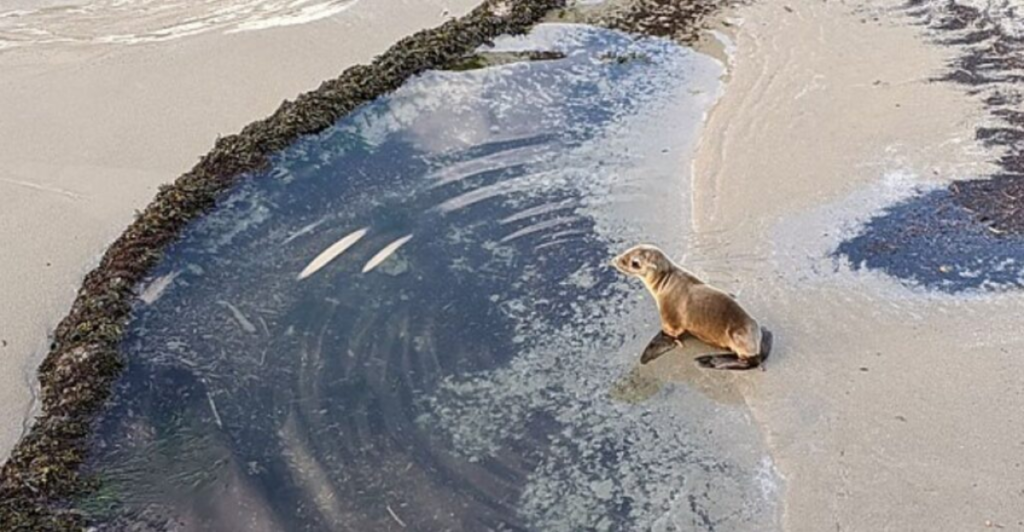
Another factor that only serves to create unnecessary strain on wildlife centers are cases where animal young are mistaken as orphans and plucked from their habitat and taken to these centers.
They are misguided efforts by community members that mean well but only complicate the situation. Many young animals, like birds and mammals, are left alone temporarily as part of their upbringing.
People mistake this as meaning the young have been abandoned and admit them to wildlife centers, contributing to unnecessary admissions. Better public awareness of these intricate animal behaviors is essential in reducing misguided efforts.
Capacity Crunch
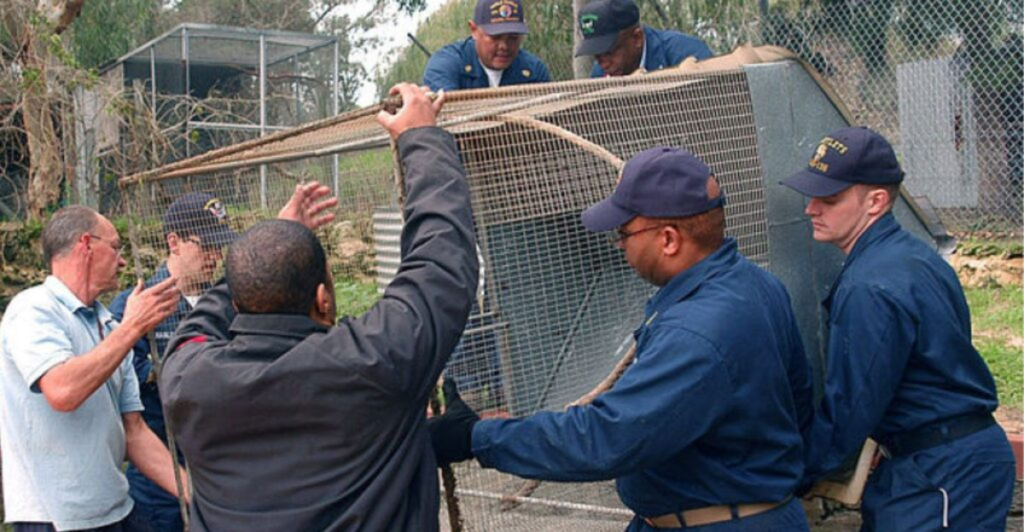
Each year, wildlife rehabilitation centers are reaching their capacity far sooner. By late spring, their admissions are already so high that most cannot take in any more animals, meaning that they have to turn away hundreds of animals in need.
Other factors are further straining smaller centers, such as new regulations in California requiring them to expand their enclosures, forcing many on the brink of closure in the face of financial constraints.
The biggest driving factor behind these admissions is the surge in orphaned animals, which take up most of their centers’ resources and can limit their ability to respond effectively to relevant emergencies.
Outcomes

Data sourced from the UK and other international centers has revealed that not all orphaned animals survive this rehabilitation, resulting in resources used in vain.
While their survival rates are still higher than adult animals that come in with severe injuries, their mortality rate is still around 40%, with many dying or being euthanized due to poor quality of life or no survival skills. This results in only around two-thirds successfully being released back into the wild.
Birds and reptiles are complicated, and face the harshest mortality rates when it comes to orphaned young. This puts a significant emotional toll on volunteers and staff, who need to make difficult decisions daily.
Is It Right To Interfere?
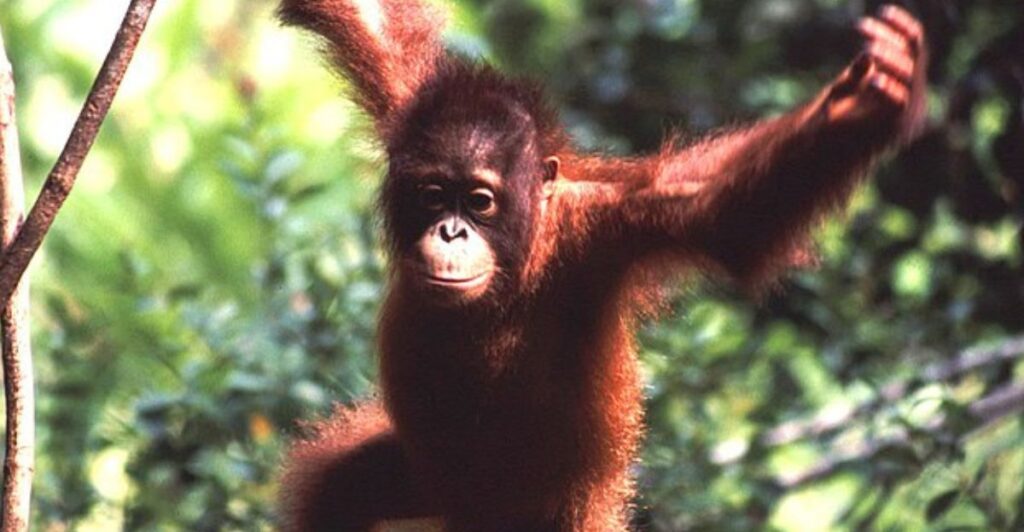
Among these high mortality rates, many people have raised their concerns about whether or not its right for humans to intervene in every case of orphaned wildlife.
Some experts argue that taking in orphaned wildlife can interfere with natural selection and ecosystem balance, especially when not all orphaned cases are due to human-driven factors and, while sad, are part of the natural order of nature.
The International Union for Conservation of Nature (IUCN) recommends euthanasia or permanent captivity for many individuals who are confiscated or orphans to prevent their reintroduction from disrupting ecosystems. While these concerns bring up valid points, most orphaned animals are from direct or indirect human encroachment, leading to the feeling of responsibility.
Solutions
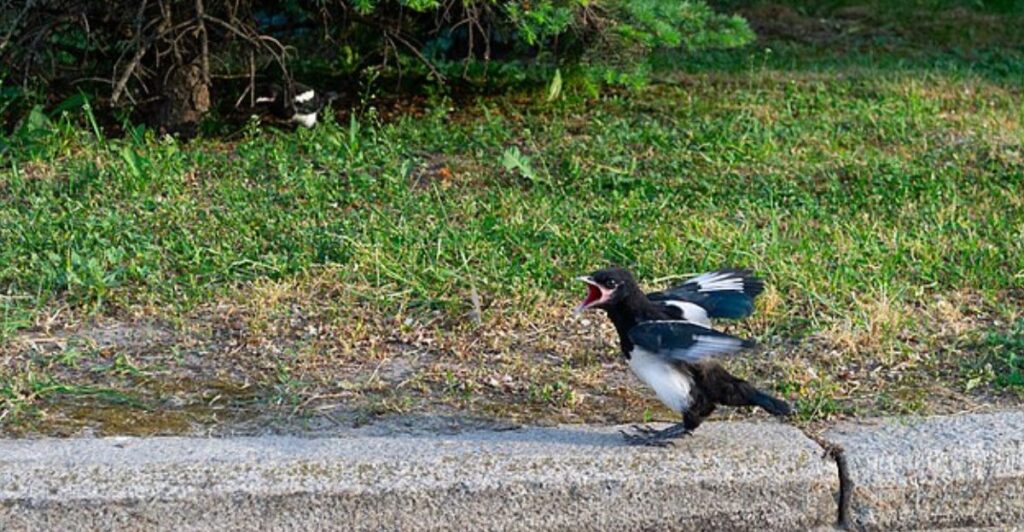
The surge in orphaned wildlife needs to be addressed and solutions be developed, but this is easier said than done. To start, public education campaigns should be focused in order to make sure that unnecessary admissions become less prevalent.
Larger centers should be prioritized to accommodate the rising animal admissions, as well as the development of standardized protocols for triage and care.
New technologies should be leveraged to prevent admissions in the first place and aid rapid response when necessary.
A Cascade Of Effects
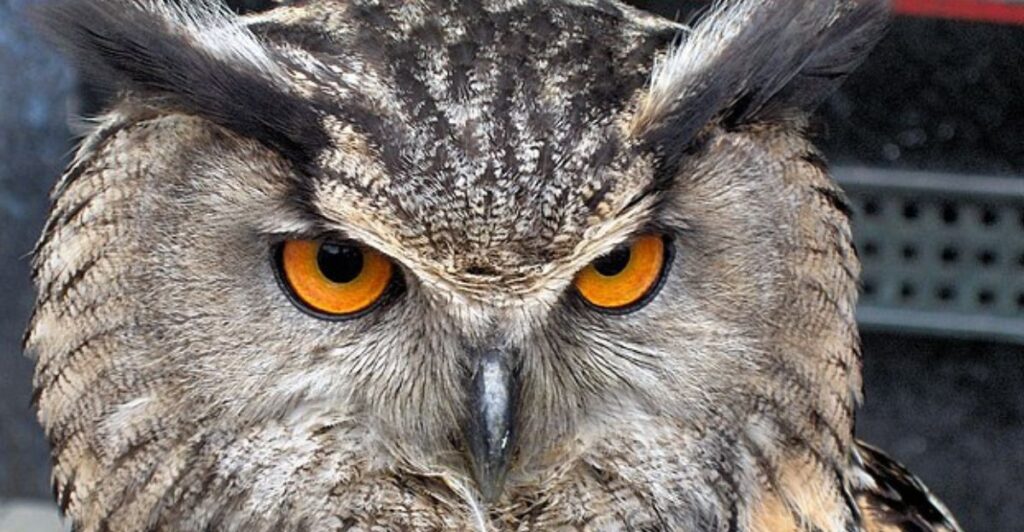
The rising number of orphan cases has a cascade of effects and is a sign that there are deeper issues at play. Human Encroachment, coupled with climate change, is the driving factor for these orphaned cases.
These problems should be addressed, and this could prevent the large majority of orphaned cases. If these problems aren’t properly addressed, it could lead to a loss in biodiversity and more wildlife admissions each year.
Explore more of our trending stories and hit Follow to keep them coming to your feed!

Don’t miss out on more stories like this! Hit the Follow button at the top of this article to stay updated with the latest news. Share your thoughts in the comments—we’d love to hear from you!







